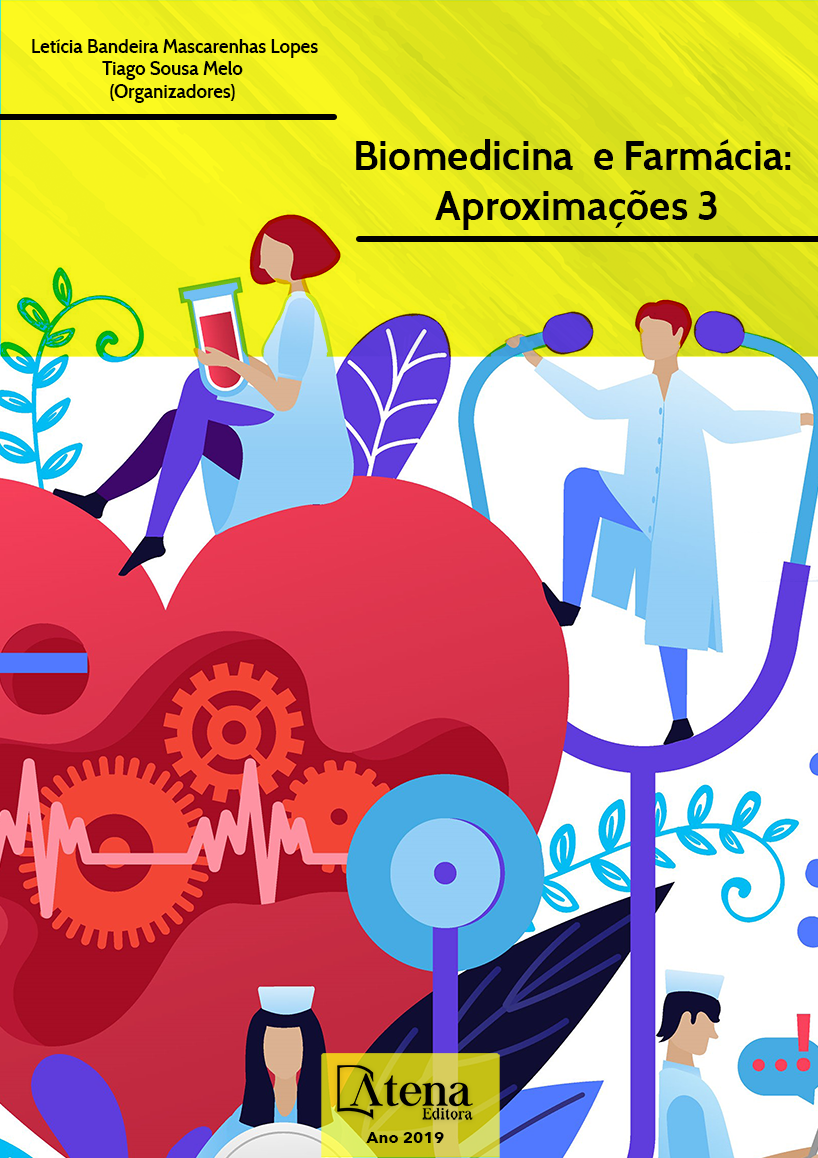
FUNGOS MACROSCÓPICOS DO SUDOESTE DO PARANÁ: PRIMEIROS REGISTROS
Os fungos são encontrados nos
mais variados hábitats, inclusive no ar, pelo qual
seus esporos são disseminados e ao atingirem
um substrato adequado, germinam formando
novos micélios. Podem viver de maneira
saprófita decompondo matéria orgânica ou
parasiticamente. Os fungos macroscópicos
possuem estrutura reprodutiva visível a olho
desarmado, são conhecidos popularmente
por cogumelos, boletos, orelhas-de-pau,
gelatinosos, entre outros, e representam
apenas uma pequena porcentagem dos
fungos existentes. Eles são distribuídos em
duas divisões, Basidiomycota e Ascomycota,
sendo esta última considerada o maior grupo
de fungos. No Brasil e no mundo pouco se
conhece sobre os fungos macroscópicos,
sendo que há uma estimativa de 1,5 milhões
de espécies existentes (incluindo também
os microscópicos), o que demonstra a falta
de estudos nesta área. O presente trabalho
objetivou colaborar com o aumento do
conhecimento da micobiota da região sudoeste
do Paraná. Para isso, foram examinados
exemplares de fungos macroscópicos da região
depositados no herbário da Universidade
Tecnológica Federal do Paraná, Câmpus Dois
Vizinhos (DVPR). Foram identificados 12
táxons, dentre os quais cinco são Ascomycota,
sendo um do gênero Xylaria, um do gênero
Phylacia (Phylacia turbinata), e outro do gênero
Cookeina (Cookeina tricholoma). Os demais
pertencem aos Basidiomycota, sendo um do
gênero Geastrum; três da família Polyporaceae
(Poria cinerascens, Coriolopsis polyzona
e Pycnoporus sanguineus), um da família
Ganodermataceae (Ganoderma lucidum) e outro
da família Phallaceae (Dictyophora indusiata).
O levantamento dos fungos macroscópicos
do sudoeste paranaense é ainda incipiente.
Iniciativas contínuas são necessárias para
aumentar o conhecimento da micobiota desta
região do Estado.
FUNGOS MACROSCÓPICOS DO SUDOESTE DO PARANÁ: PRIMEIROS REGISTROS
-
DOI: 10.22533/at.ed.2241914045
-
Palavras-chave: Macrofungos. Basidiomycota. Ascomycota.
-
Keywords: Macrofungos. Basidiomycota. Ascomycota
-
Abstract:
The fungi are found in more varied
habitats, including in the air, by which its spores
are disseminated and reaching a proper substratum, they germinate forming new
mycelium. Can live way saprófita decomposing organic matter or parasiticamente. The
macroscopic fungi have a structure reproductive visible to eye, unarmed, are popularly
known for mushrooms, fetlocks, ears-of-cock, gelatinous, among others, and represent
only a small percentage of fungi that exist. They are distributed into two divisions,
Basidiomycota and Ascomycota, with the latter being considered the largest group of
fungi. In Brazil and in the world, little is known about the macroscopic fungi, being
that there are an estimated 1.5 million existing species (including microscopic), which
demonstrates the lack of studies in this area. The present study aimed to collaborate with
the increase of the knowledge of the micobiota of the southwest region of Paraná. For
this, they were all examined specimens of macroscopic fungi of the region deposited in
the herbarium of the Federal Technological University of Paraná, Campus dois vizinhos
(DVPR). Have been identified 12 taxa, among which five are Ascomycota, one being
of the genus Xylaria, a genus Phylacia (Phylacia turbinata), and another of the genus
Cookeina (Cookeina tricholoma). The others belong to the Basidiomycota, one being of
the genus Geastrum; three of the family Polyporaceae (Poria cinerascens, Coriolopsis
polyzona and Pycnoporus sanguineus), a family Ganodermataceae (Ganoderma
lucidum) and another of the family Phallaceae (Dictyophora indusiata). A survey of
macroscopic fungi from the southwest of paraná is still incipient. Ongoing are needed
to increase the knowledge of the micobiota in this region of the State.
-
Número de páginas: 10
- Ligia Thix de Oliveira
- Ligia Thix


